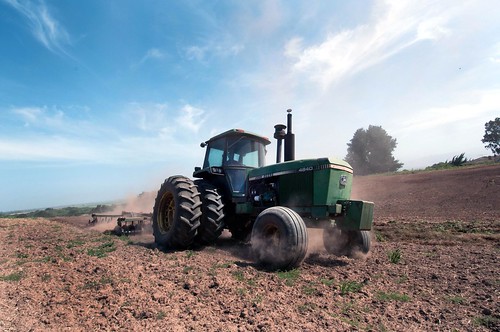
This post is part of the Science Tuesday feature series on the USDA blog. Check back each week as we showcase stories and news from USDA's rich science and research profile.
Have you ever heard the saying, “In God we trust, all others bring data?" Those are the words of William Edwards Deming, a distinguished American statistician and researcher. As an agricultural statistician at USDA’s National Agricultural Statistics Service (NASS), collecting and distributing reliable data are the most important things I do. The data we provide help shape many key decisions about all sorts of things related to agriculture, including conservation practices.
But I don’t only collect and distribute data. I get to administer the Conservation Effects Assessment Project (CEAP) survey – something I’m especially proud of. CEAP is a major project led by our sister agency the Natural Resources Conservation Service. The results of the survey contribute to a first-hand look into how operators maintain agricultural lands for tomorrow. This insight is so important because soil erosion, climate change, water shortages, and feeding ever-increasing populations are common concerns today.
NASS’ part in this project involves surveying farmers about their conservation practices. This part of CEAP gives farmers the power to provide a more complete and accurate picture of conservation practices on their lands. Most of us already know that there are no better stewards of our land than farmers. After all, their very livelihoods depends on a healthy environment. This is why I’m especially honored that my work serves to help empower U.S. farmers to share what they are doing to protect natural resources on their lands and how effective those activities are.
Starting this July NASS representatives will visit more than 23,000 cultivated and non-cultivated cropland areas. Farmers and ranchers whose lands meet certain criteria could be asked to participate in the survey between October and February. Their responses can help leaders focus on the conservation practices that most benefit both the producer and the environment.
The information collected through the CEAP survey is vital to help determine what resources farmers and ranchers may need to protect soil, water, and other natural resources and to document existing on-farm conservation practices. These practices matter because they can help farmers, ranchers, and rural communities maintain healthy farmland. Regardless of where you live, whether it’s a major metropolis or a tiny town, the health of the land where our food comes from, impacts you!

